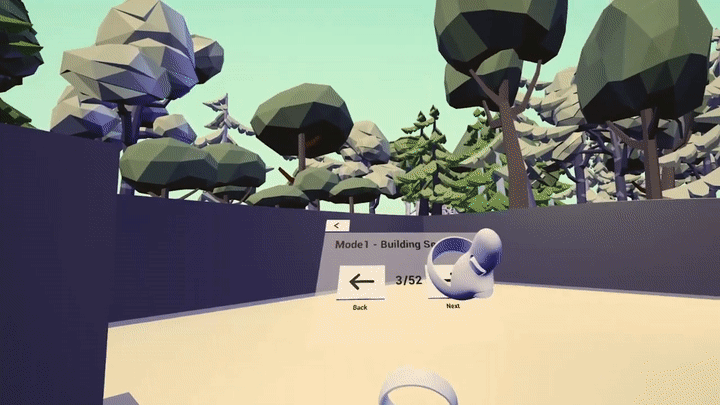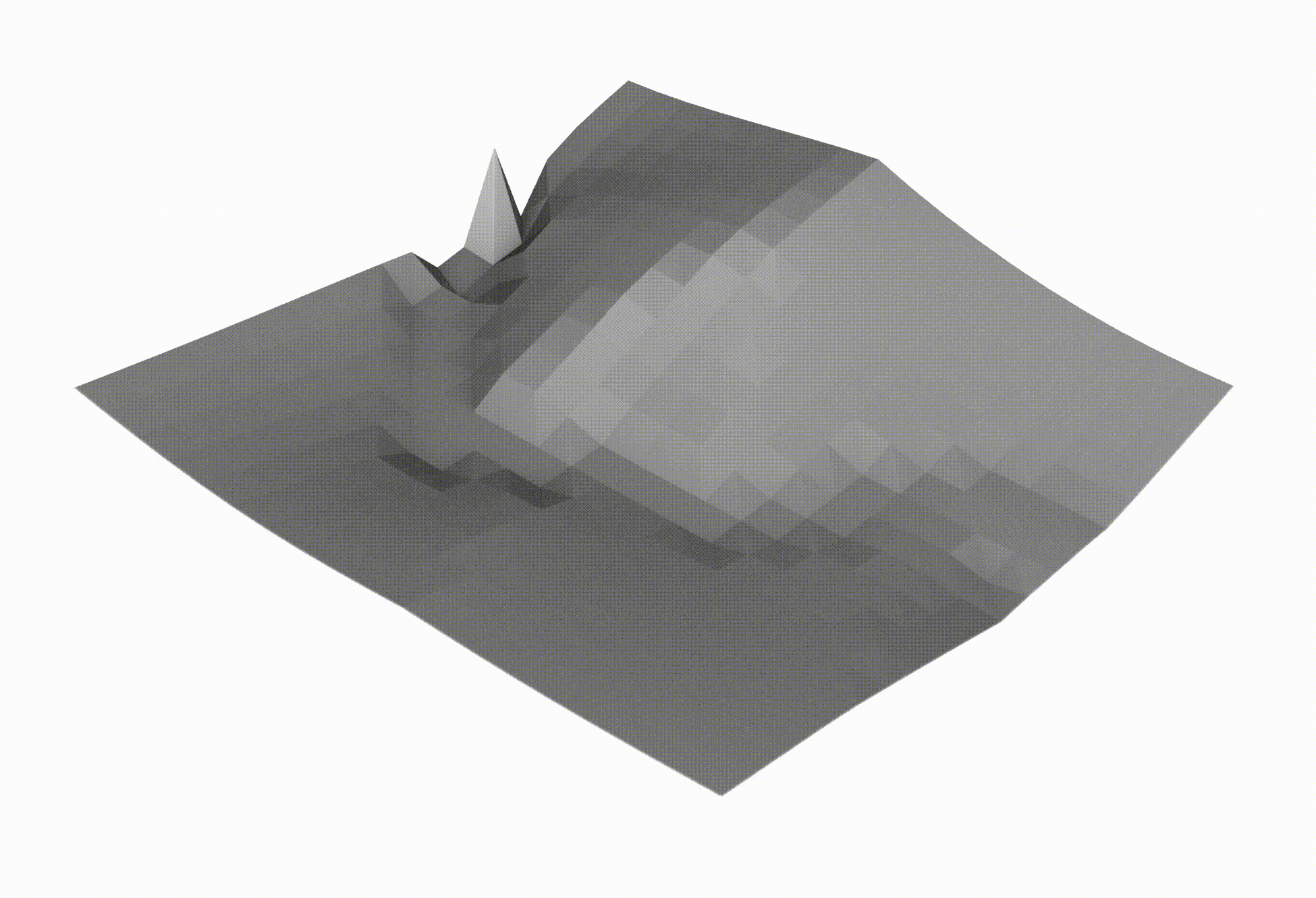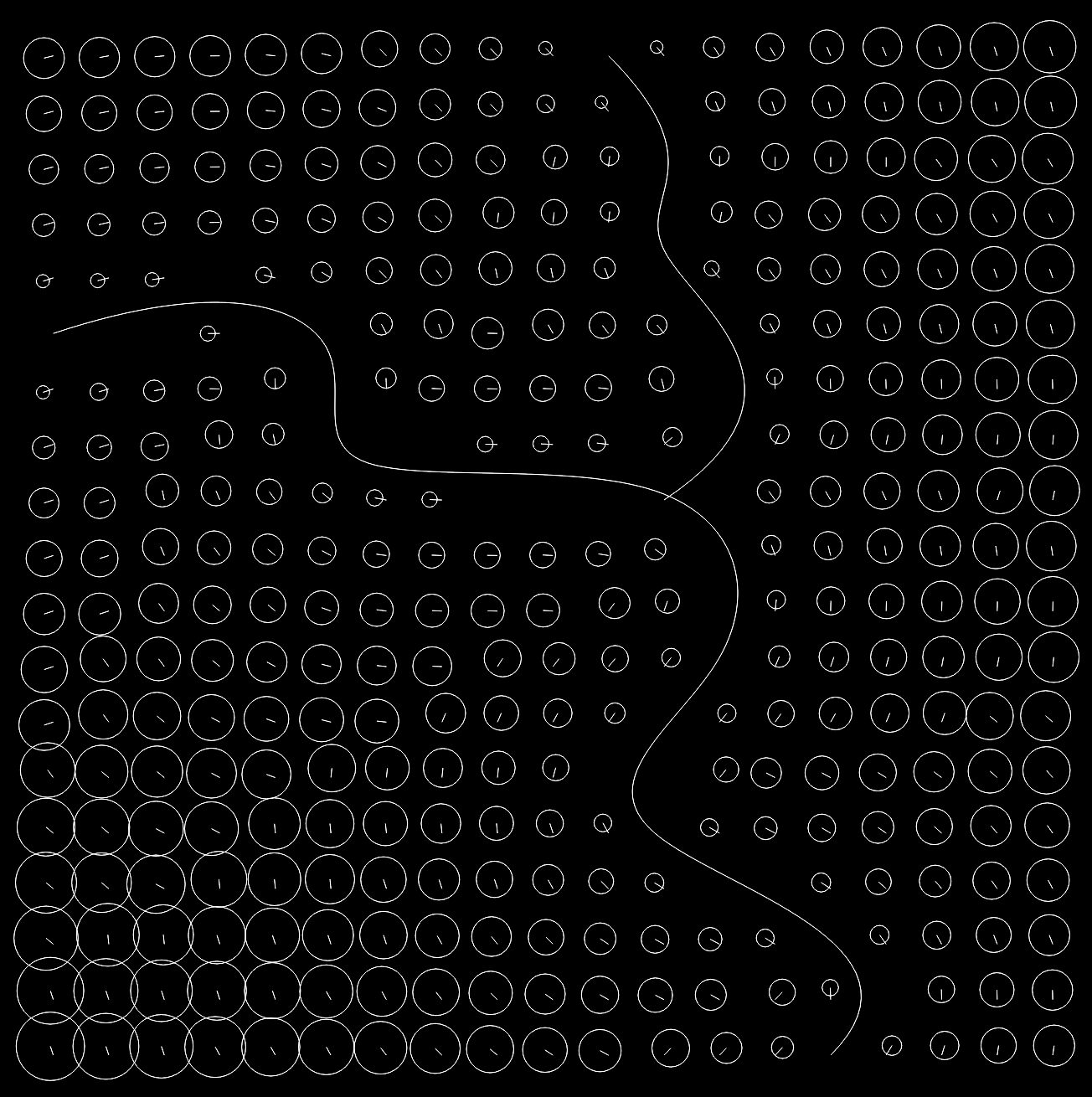I am trying to do something interesting/funny/hopefully useful with XR (VR/AR). Sometimes, I code 3D with RhinoScriptSyntax in Python.
AR/VR Design computation Landscape
VR Phillips House
 A VR game that provides an unforgettable experience in Phillips House. Two key experiences: Menu includes two modes: building sequence and visit tour. Team: Chung-Han Huang|Xiaohao Yang (Contribution: 3D model compiling, interaction coding)|Zixuan Zhao []
A VR game that provides an unforgettable experience in Phillips House. Two key experiences: Menu includes two modes: building sequence and visit tour. Team: Chung-Han Huang|Xiaohao Yang (Contribution: 3D model compiling, interaction coding)|Zixuan Zhao []
PlantPlace - Mobile Application for Plant-lover Community

This app aims to make it more convenient and economical for people to network with other plant lovers and get their favorite plants or offer their plants. This app allows people to post and share their wish lists and offer lists, and give the individuals with the right information based on the information of plants and other personal preferences. The app thus provides a map that displays all locations of community gardens and nurseries within the proximity of users. []
randomStairBranch
 This is a simple script developed with
This is a simple script developed with RhinoScriptSyntax. A simple agent method integrated with random walk was implemented. []
flow 3D
 3D flow - generates dynamic flow through 3D terrain. []
3D flow - generates dynamic flow through 3D terrain. []
Tower
 Spiral tower generated with a series of random curves and complex 3D lofted surfaces based on these curves. []
Spiral tower generated with a series of random curves and complex 3D lofted surfaces based on these curves. []
Terrain
 When a single attractor curve is applied, two scenarios are depicted: one where the UV points are not relocated by the attractor, resulting in a regular 3D surface, and another where the UV points are adjusted according to the attractor curve, creating a deformed surface that follows the curve’s contour. Similarly, with multiple attractor curves, a grid remains regular without relocation, leading to a uniform 3D surface. However, when the UV points are relocated based on the multiple attractor curves, the grid becomes more complex and irregular, resulting in a uniquely shaped 3D surface. []
When a single attractor curve is applied, two scenarios are depicted: one where the UV points are not relocated by the attractor, resulting in a regular 3D surface, and another where the UV points are adjusted according to the attractor curve, creating a deformed surface that follows the curve’s contour. Similarly, with multiple attractor curves, a grid remains regular without relocation, leading to a uniform 3D surface. However, when the UV points are relocated based on the multiple attractor curves, the grid becomes more complex and irregular, resulting in a uniquely shaped 3D surface. []
Recursive structure

| _ | _ |
|---|---|
 |
 |
Initially, a triangle with a specified radius is set up. This triangle undergoes a series of recursive “crack” operations three times, progressively breaking down the shape into smaller triangles. Following this, a first branch is established, and the structure undergoes another series of recursive branching operations, also repeated three times. This recursive branching generates an intricate, multi-layered 3D form. The attractor surface and branches guide the shape’s development, resulting in a detailed and complex geometric structure. []
Recompose

Transform an input surface into a complex 3D pipe structure through a series of geometric operations. It begins with an initial surface, from which surfaces are generated using a UV point matrix to create a grid pattern. These surfaces are then randomly scaled while preserving their slope, area, and vertices. Next, the scaled surfaces are relocated vertically based on their slope, and circles are created at the vertices, scaled according to the area and slope. Finally, these circles are connected to form a continuous 3D pipe structure that twists and turns, reflecting the characteristics of the original surface. This process demonstrates how an initial geometric shape can be transformed into a complex, intricate 3D form. []
Agent

Simulate the movement of agents in a 3D space, where agents interact with each other and their environment, leaving trails behind them. The interactions include attracting or repelling agents based on their proximity, and detouring around obstacles represented by meshes. []
Lots for future

As a shrinking city, the renewal of Detroit faces many challenges and problems like climate change, increasing vacancy and poverty, food insecurity, and soil contamination.
Climate change has both positive and negative impacts on the environment of Detroit. Increased temperature may increase the frequency and length of extreme heat events and heavy precipitation events. Those communities with less canopy coverage and of high-density population and imperviousness could suffer more from extreme weather. On the other hand, climate change will also bring some opportunities including longer growing seasons and more irrigation water.
This project proposed a phasing strategy using the vacant land and urban agriculture to provide a solution to these problems and make a more sustainable and resilient development for future Detroit. []



